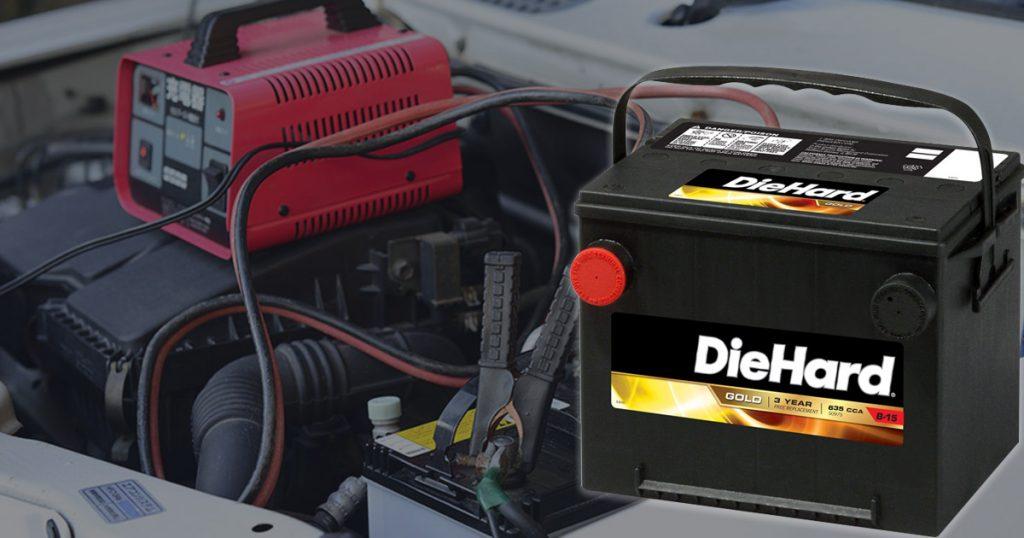Our gadgets, like phones and electric toothbrushes, are super easy to charge; just plug them in when they run low on battery. But charging a car battery is a bit different. Unlike our other electronics, car batteries don’t have fancy electronics to manage the charging process automatically. Instead, when you start your car, the alternator kicks in and charges the battery while you drive. The alternator’s output is regulated by the charging system and the onboard computer, ensuring your battery stays in good shape for its typical lifespan of 3-5 years.
But sometimes, your car battery might need a boost. Here are some signs:
- If you’ve just jump-started your car,
- If you see strange behavior in your car’s accessories,
- If you accidentally left an interior light on overnight (even if your car still starts),
- If the ignition sounds different than usual,
- If your car has been starting slowly or sluggish lately,
If any of these sound familiar, your car needs help that driving alone won’t solve. The alternator in your car can’t fully recharge the battery on its own. That’s why you might need to connect it to a charger. That said, let’s find out the basic steps of charging a car battery and how long it usually takes.
How to Recharge Your Car’s Battery
First, find a good spot outside or with lots of fresh air. Remove any jewelry, wear gloves, and wear safety glasses. Then, follow the steps below:
- Plug in your charger and follow any special instructions it comes with. Then, connect a backup battery to your car’s OBD-II port to keep its computers powered.
- Before anything else, disconnect the car’s negative terminal. Wrap it up to prevent accidents.
- Connect your charger to the battery terminals, matching the clamps correctly. Set the voltage to 12 volts and choose “flooded” or “wet” battery types.
- Start the charger and wait patiently. It might take a few hours to fully charge, depending on the charger.
- When it’s done, disconnect the charger carefully and reconnect the car’s negative terminal. Remove the backup battery.
Remember, charging too fast can damage your battery, so take it slow and steady.
Types of Battery Chargers You Should Use
To get the fastest charge, try an automatic charger that adjusts its voltage. Different chargers work at different speeds:
- Smart or automatic chargers: These can fully charge your car battery in 10–24 hours, depending on how weak it is and the charger’s settings.
- Trickle chargers: These take several days to a week but are good for slow, steady charging. Some are even solar-powered.
- Battery maintainers: They don’t charge batteries quickly but keep them at a certain level for months, which is handy for long-term storage.
Jump-starters, on the other hand, don’t charge your battery. They just give a quick boost to your starter when needed.
How long should you keep your car running to charge the battery after getting a jump?
If you’ve jump-started your car, it’s good to let it run for around 30 minutes. This gives the battery time to charge up enough to get you going again. It’s handy to have a portable jump box in your car kit. They’re cheap and can help if your battery dies. How long you should leave your car running depends on things like how good your battery is, how much charge it had before, and how big it is.
What’s the importance of keeping your car running after getting a jump?
The car’s battery gets charged by an alternator, which is connected to the engine with a belt. When the engine runs, this belt turns magnets inside the alternator, making electricity. This electricity goes to different parts of the car that need power, and that’s how the battery gets charged. So, for the alternator to work and charge the battery, the engine needs to be running.
How long will it take to charge a car battery?
Charging your battery can take anywhere from 10 to 24 hours, depending on how weak it is, and if you’re using a trickle charger, it might even take days. Don’t rush it, though; taking your battery off early could mean needing a jump-start later on. Heat is the enemy here—charging generates heat, which can harm your battery by causing water to evaporate and leaving too much acid inside. This shortens its lifespan, so it’s best to charge slowly to avoid overheating.
Signs of Overcharging and How to Avoid It
To avoid harming your car battery, use your senses while charging. If you smell rotten eggs, hear a hissing sound, or feel excessive heat, turn off the charger. These signs indicate potential overcharging.
Ensure you’re using the correct charger settings by checking your battery’s label. Most car batteries are wet types, so using the wrong setting can cause damage. Use the AGM setting for absorbed glass-mat batteries, lithium setting for lithium batteries, and 6-volt setting for 6-volt batteries. Refer to your charger’s manual for guidance.
Always keep an eye on the charging process. Don’t leave it unattended, despite what the charger’s packaging may claim. Monitor for proper operation to prevent any issues.
Safely Charge Your Car Battery with Our Simple Guide
Remember, taking care of your car battery is crucial for smooth rides ahead. Don’t overlook signs of trouble and charge your battery with care. Our guide has the steps you can follow, such as choosing the right charger and keeping an eye on the process. Let’s ensure your car stays powered up and ready to go whenever you need it!
